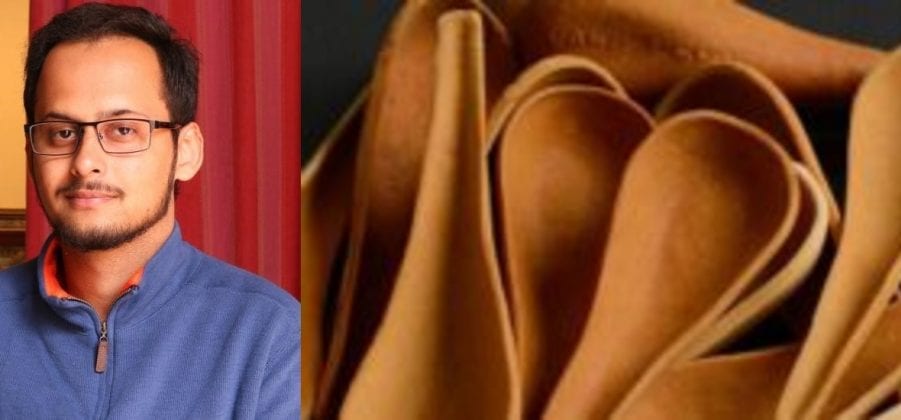

EDIBLE CUTLERY: PRODUCT DESIGN FOR THE MARKET
First, what exactly is edible cutlery?
It is cutlery which is edible and is strong enough to hold your food till the very last bite. According to one of the brands – Bakeys – some edible cutlery can last up to 18 months. If you don’t finish eating it by the expiration date, you can simply pour some water on it and compost it. In other words, edible cutlery reduces plastic consumption and even has health benefits to it.
Why did you choose to look at the market for edible cutlery in this project?
Disposal of plastic cutlery has become hazardous for the environment. Toxins and carcinogens can leach into food through the ecosystem. In addition to this, plastics occupy a lot of space and clog the landfills. Replacing plastic cutlery with edible cutlery can decrease the use of plastic and make the process sustainable.
In addition, if we look at it from the user’s point of view edible cutlery can be a joyful experience on the table as it also keeps the user excited to taste it after finishing the meal. One can also enjoy the taste of different flavours and It can be nutritious as well. Since we always throw the plastic cutlery after its use, edible cutlery can just dissolve in the soil as it is made of food grains. Every food sector service can use it to make the environment cleaner.
Does edible cutlery have a future in India?
Now, when we talk about the current situation around the globe, it looks like restaurants and food services might go online due to COVID-19. This brings enormous opportunities for edible cutlery in the Indian market, as it can be the best option for home deliveries. This pandemic can also be an eye-opener for Indians and make them understand the need to go sustainable and organic. That will also bring more exposure to edible cutlery.
From your research, what would you say is the single biggest factor constraining the growth of the edible cutlery market?
I can highlight a number of reasons. First, when I asked a few people from the food industry, most of them were not aware of edible cutlery. However, they really liked the concept. One has to find the perfect marketing strategy to spread awareness of edible cutlery. There can be various ways for it like placing the product in schools, colleges and companies where large numbers of people can take a look at it. Reaching out to social media influencers, especially the ones associated with cooking and food blogging, could be a game-changer.
In selling edible cutlery, one has to clarify the “why” factor for edible cutlery in people’s minds. Everyone is familiar with the disadvantages of plastic cutlery. We just have to find a good way to make people understand the advantages of edible cutlery. It is important to identify where to start. For example, consumers and communities which value vegetarian and organic food can grasp the benefits quickly.
What is your advice to entrepreneurs starting a venture in the edible cutlery market?
The design of an edible spoon or a fork should be solid in its look and feel, indicating a clear and definite shape. The product quality should speak for itself. Compared to the current edible cutlery available in the market, edges and curves should be clearly defined. Colours and textures for different spoons and plates can be chosen depending on the flavour.
The right sources of material and ingredients can be a good start. The right marketing strategy is the most important aspect of an entrepreneur. Fix the price according to the demand. Product feedback and customer reviews should be taken seriously.
About Nakul Sharma
Nakul Sharma is an M.Des. student at Anant National University in Ahmedabad, pursuing integrated product design. His background includes different roles in 3D designing, social media, photography, digital marketing and VFX production coordination. He has been a practitioner in research and design processes at Anant National University. His practice in product design includes designing masks in the COVID-19 pandemic for the new university student welcome kit in the post-lockdown phase. He has designed creatives to spread awareness about the pandemic. He also developed a product design Idea for touch-free hand washing accessories for a hygienic experience. He graduated with a Bachelor’s degree from Reliance Animation Studios with a degree in Animation & Live-Action Film Making and Media Communications.